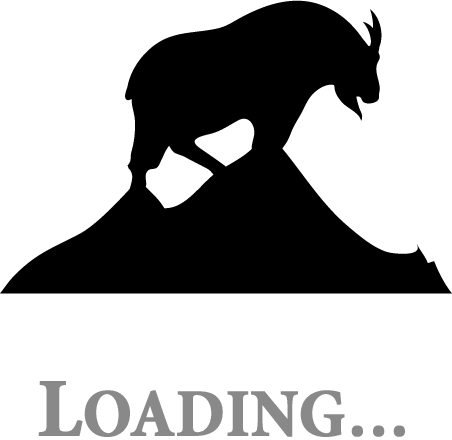
Photo & Story By Leon Lorenz
For over 25 years I’ve been wanting to revisit the Kiwa Lake and area again. I think my heart may have skipped a beat when I finally gazed upon the breathtaking splendour that was before me. What a shame I thought that only a few human eyes will see all this beauty each year due to lack of reasonable access. Without seeing any human tracks coming in I knew I was the first one in for this year (except maybe by helicopter).
Next morning after breakfast and taking only my filming equipment and lunch in my pack I proceeded along the lakeshore to get closer to the glacier. I estimated the lake to be close to 2 km long, however as I mentioned in last week’s article the creeks and river were high and so was the lake. I soon ran out of easy traveling along the shoreline and came to the worst tangle of alders I have ever experienced. In fact even a weasel might have to go on a diet to get through. All my previous four trips have been in the fall when the lake level was lower and much easier walking. For about a 1 km stretch it took me a good hour and a half to get through with my pack. Eventually I passed this extremely difficult stretch to where there was a boulder-strewn shoreline for easier walking. When I was still a good 300 meters or so from where the glacier meets the lake I sent an “I am Okay” message back home with my satellite device that would also mark my exact location on Google Maps. An interesting observation later at home showed my location to be at the very edge where the glacier meets the lake. According to the last Google Maps update the lower section of the glacier has receded nearly 1000 feet. So in other words Kiwa Lake is getting longer and Kiwa Glacier is getting shorter with each passing year. Where I had walked on the lower glacier decades ago is now part of the lake. Given enough time if the glacier continues to recede until the slope of the land climbs there will be a massive waterfall flowing into the lake instead of the ice meeting the lake as we see it now. Almost all of the water that’s now flowing into the lake is coming from underneath the glacier. Judging by the size of the river leaving the lake there is a lot of melting taking place.
That night a strong wind along with rain hit this area and through the night I could hear heavy crashes of ice breaking and smashing apart. By morning the storm was over and much to my delight the overnight wind had brought over so much more ice to my side of the lake. With the atmosphere so clean and fresh after the rain it was about perfect for doing some filming. All in all it was a great trip and well worth all the effort and I look forward to going back again in the near future.



